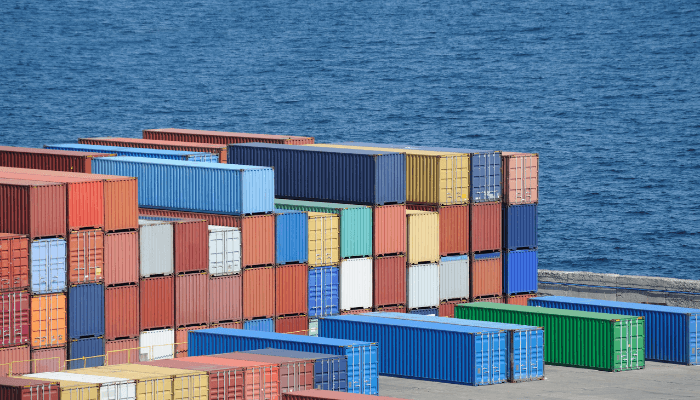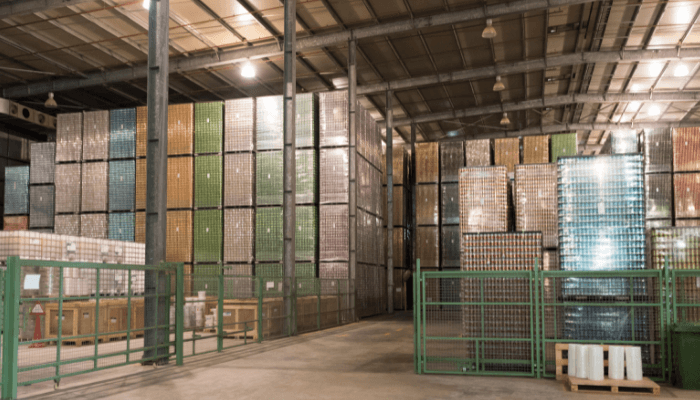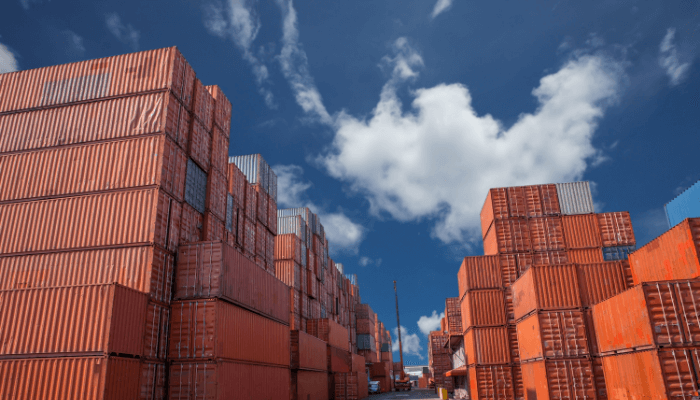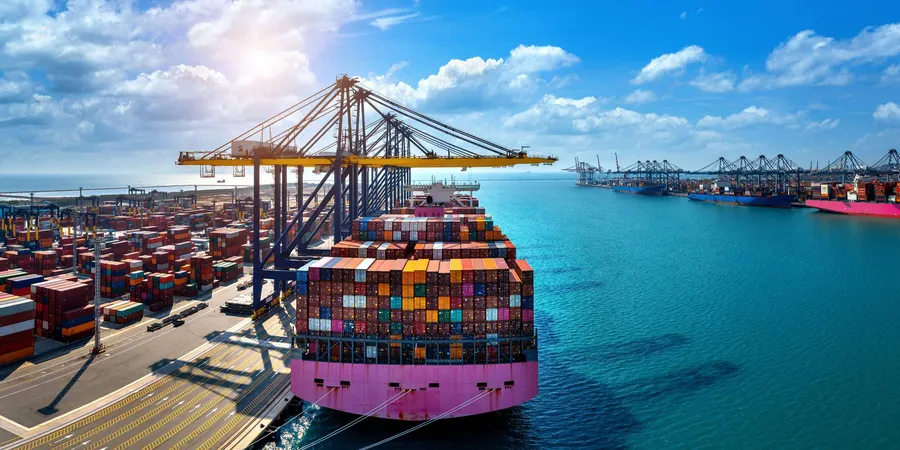What is Cross Docking?
Cross Docking is a term used in logistics and warehousing. It is a very effective method of moving goods between suppliers and their customers without having to store them in a warehouse.
Warehousing is normally involved after customs clearance of goods at their destination. It could be the customer’s warehouse or a third-party warehouse appointed by them.
A Brief Introduction to Warehousing
The industrial revolution of the 1700s saw vast advancements in the field of science and technology. Mechanization of tasks that were once done by hundreds of human hands, and other inventions paved the way for the mass production of goods. Small establishments gave way to large factories. Goods of different types and varieties flooded the market.
With the availability of more goods, the standard of living improved as more and more options became available to the people living in these developed countries.
A large number of people moved from rural areas to the big cities where the industries were located. Exports took off as goods flowed from developed countries to the so-called developing nations.
To meet the demand for raw materials, goods were imported by the industrialized nations from countries that had these raw materials in abundance.
Methods of transporting goods also improved. The invention of the metal shipping container by the American entrepreneur Malcolm Maclean in 1955 was a breakthrough in the field. It was a metal box of a standard size that could be transported easily on a truck or a ship. The modern multi-modal container revolutionized the transport of goods.
Cranes and other equipment that made loading and unloading of goods and containers easy, followed.
Currently, an estimated 85% of the movement of cargo between nations is through containerized sea freight.
Very large container carriers that carry several thousands of TEU (Twenty Equivalent Units or 20’ containers) are common these days. The largest container ship has a container carrying capacity of close to 24000 TEU!
The Use of a Warehouse
Warehouses are large depots where goods are received and stored safely. These goods are sometimes reprocessed at the same warehouse and redistributed to customers or sold directly to the market.
Goods are stored in warehouses logically for ease of their access and considering factors such as FIFO, FEFO, LIFO, etc.
With all the cargo movement happening in the world today, the business community has to have large and efficient warehouses. Warehouses with modern facilities are required to receive and accommodate cargo and ensure its efficient distribution.
Warehouses are often located in areas close to seaports or airports. This allows for the easy transport of goods, avoiding traffic bottlenecks, etc.
What are FIFO, FEFO, and LIFO?
These are logistics terms for the different methods of picking goods from the warehouse for processing or delivery to customers. They are also known as picking rules.
FIFO is the acronym for First-In First-Out. Goods that are received into the warehouse first are picked first. FEFO stands for First-Expiry First-Out. In this type of picking goods, goods that have the nearest expiration dates or Best Before dates (BBD) are picked first. Both FIFO and FEFO ensure that old stocks are used up first and that stocks do not stagnate and get expired during storage.
In Last-In First-Out or LIFO, the most recently received goods are picked first. This ensures freshness of deliveries and is used for deliveries to preferred customers, etc.
Different types of goods may have different picking rules based on their type, whether dry, frozen, or chilled. It may also depend on customer requirements.
Modern warehouses make use of efficient shelving and racking systems that provide easy access to the stored goods while ensuring that warehouse storage space is used to the optimum.
Efficient and well-trained staff help to run modern warehouses most of which operate 24×7 services and provides various value-added services to its customers.
How Does Cross-Docking Work?
Let us start by looking at why cross-docking is required in the first place.
One of the methods of ordering goods that are mostly followed by manufacturing and assembly plants is the Just-In-Time method (JIT).
The JIT is followed to minimize or avoid storage and the associated storage costs. It helps the customer to avoid major stock holding and therefore it brings down warehousing costs.
Only the minimum quantity of buffer stock is normally maintained by these companies in their premises to avoid any untoward out-of-stock situation.
They need not have a warehouse to keep large quantities of stocks. The JIT is quite popular among automobile manufacturers and assemblies as well as electronics manufacturers.
Logistics companies are in a constant race to deliver goods on time. Goods are ordered by the customer so that it is received by them only when required.
In cross-docking, goods, as soon as they are received at the destination warehouse after customs clearance and verification, are loaded onto a transport on its journey to the final customer.
The key factor in JIT is that the quantity of incoming goods matches the exact requirements of the customer at that given point in time, such that the goods do not require warehousing or storage. This is where cross-docking helps.
The 2 Main Scenarios in Cross Docking
In the first scenario, goods are unloaded from the incoming truck to the warehouse marshalling yard, verified, sorted, or labelled as necessary and immediately loaded onto a truck for dispatch to the customer.
In the second, the incoming goods are sent directly from the port after receipt and customs clearance, to its customer. The logistics agent after confirming the quantity and condition of goods upon its receipt, transports it directly to the customer, from the port.
This usually happens when a customer has run out of stock of the goods at his location and he needs the goods urgently to meet his own or his customer demands.
In all these scenarios it can be noted that storage of goods is not involved and handling is minimal.
Cross-docking is also known as Dock to Dock. If planned and utilized correctly it can be very productive, resulting in considerable savings in time and storage costs.
Facilities Required for Cross Docking
Cross-docking requires a minimum of facilities. It just requires the staff for unloading and loading and the equipment and the space to segregate, label, or quality-check the goods as required. The space that is usually used for this in most warehouses, is the marshalling yard.
In the second case of cross-docking described above, even the space to receive goods or segregate it is not required as the goods are transported directly from the port to the customer’s premises. It reduces material handling drastically.
Does Cross-Docking Have Any Disadvantages?
While cross-docking is very effective, especially when it comes to managing storage costs, if not handled correctly it can result in out-of-stock situations for the customer. Inefficiency and delivery delays from the transporter’s side can have negative consequences.
Unrealistic or inaccurate ETA (Expected Time of Arrival) used by the customer while calculating order quantities can result in both out-of-stock or over-stock situations. The transporter has to ensure that he provides accurate ETA to the logistics company handling the cargo or to the customer for his purchase ordering calculations and planning.
It is in the customer’s interest to ensure that the logistics company entrusted with transporting the goods is efficient and professional. The suppliers have to be reliable too. They have to ensure that goods are readied on time for loading and transport to the customer.
Reference: Marine Insight







